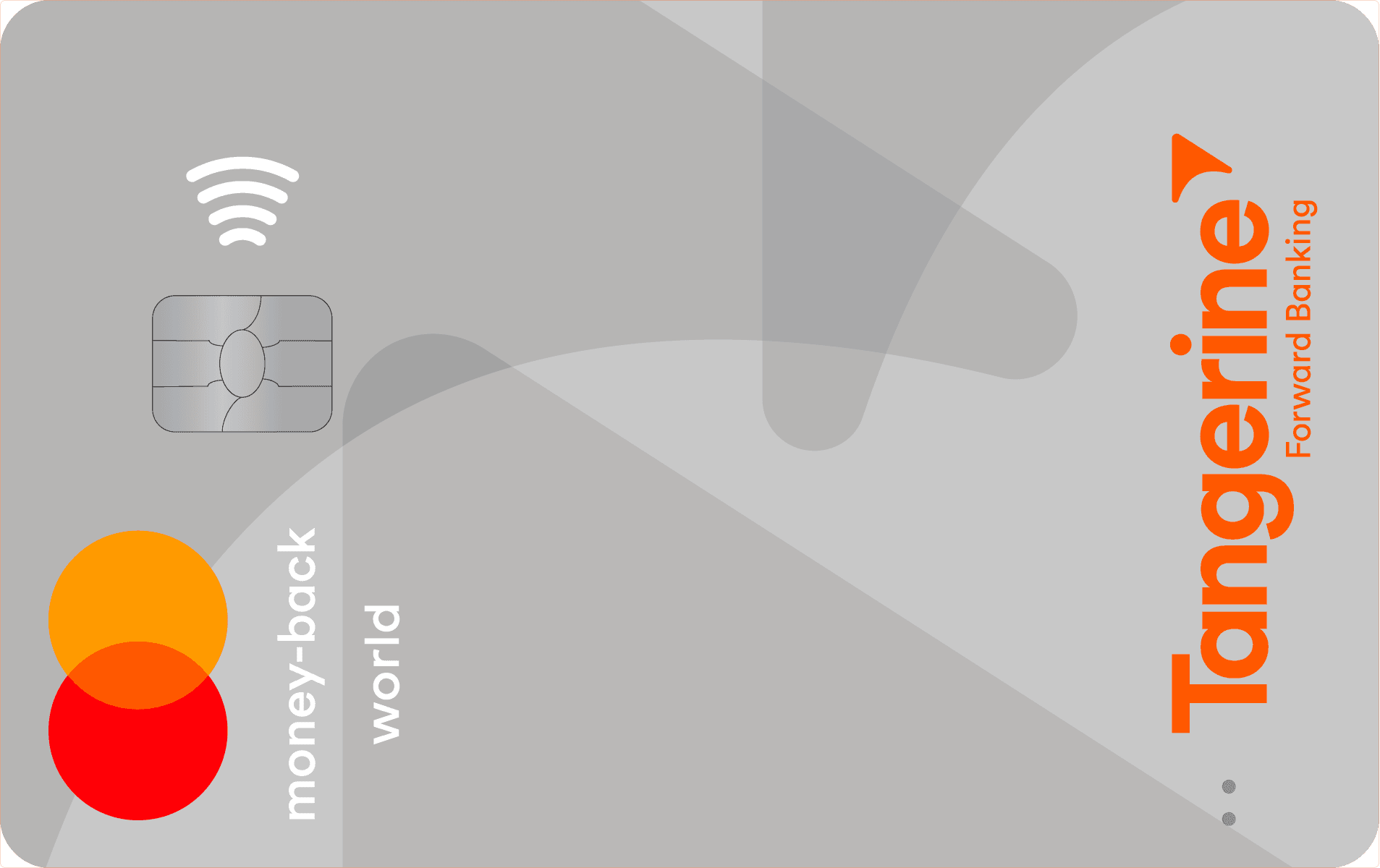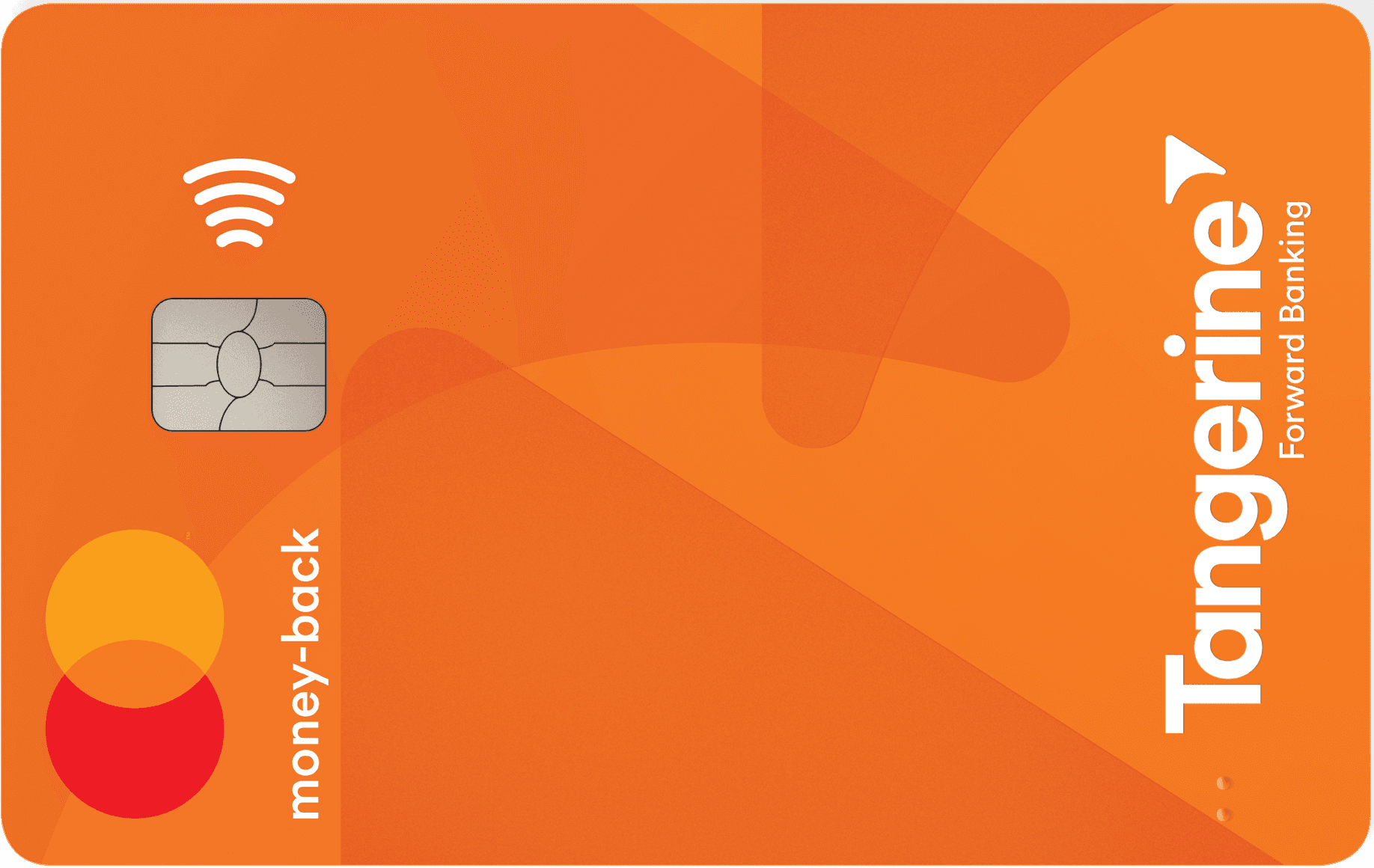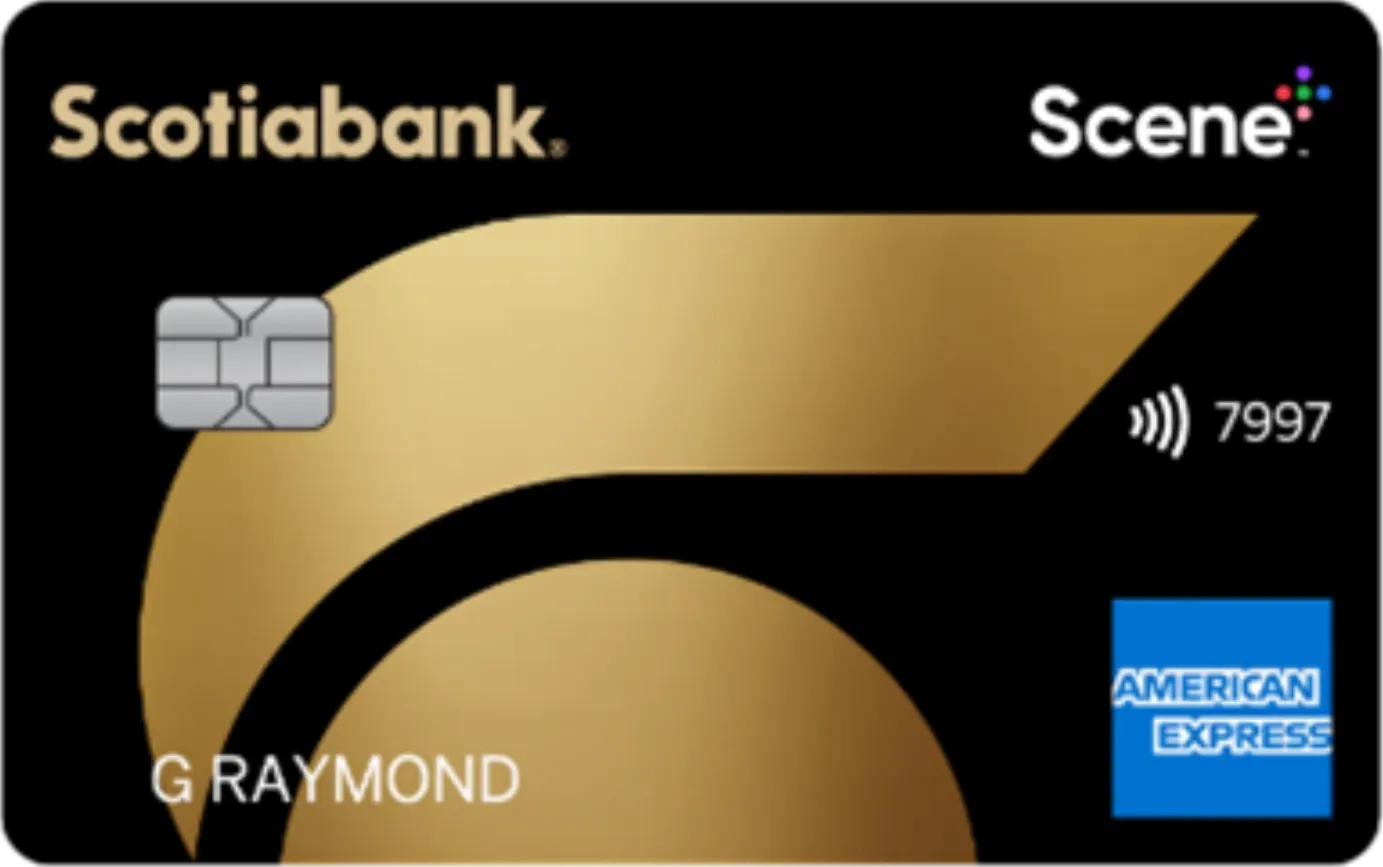Working hard in the background...
How Can Canadians Use Their Credit Cards During A Recession?
Published Oct 17, 2025 7:42 AM • 5 min read
A recession, as per the International Monetary Fund, is “two consecutive quarters of decline in a country’s real (inflation-adjusted) gross domestic product (GDP)—the value of all goods and services a country produces.” In Canada, we aren’t currently in a recession according to this definition. But it doesn’t mean that Canadians aren’t preparing for one anyway.
So, how do we get ourselves ready for whatever lies ahead? Step one: don’t panic. Instead, develop a plan on how to use your credit appropriately and to your advantage. Credit cards are valuable financial tools when used strategically, but they can also be risky when mismanaged. As we move closer to the unpredictable, there are a few steps you can take to prepare yourself for whatever economic reality may come.
Understand your current credit situation
Before you can begin to use your credit card to your advantage, you need to first gather information about the state of your finances. Review your latest credit card statements. These documents will give you a full picture of your credit limit, balance owing, the interest rate on each card and your payment due dates. With this information, you can add the deadlines to your calendar and ensure you pay the minimum amount to avoid penalty charges and late fees. Repeat these steps for any lines of credit, loans or mortgages you have.
Another important step is to check your credit score, which provides creditors with information on your creditworthiness. It can impact your ability to get approval on a mortgage or line of credit. A poor score can even lead to a declined credit card application. Considering the impact that this number can have on your financial situation, we recommend checking your score and, if needed, working to improve it.
In Canada, there are two credit bureaus responsible for collecting your credit information: Equifax and TransUnion. You can access your credit report through either of these or through your bank. It may seem like a daunting task but it will really only take a few minutes and can provide you with a valuable overview of your credit situation.
Prioritize Paying Down High-Interest Debt
Now that you have a clear picture of your credit, begin by making a plan around how to pay off high-interest debts. For example, in Canada, credit card interest rates range from 19% to 24%. During an economic downturn (or anytime, really), this can quickly get out of control and, in turn, put you further into debt.
It’s time to break out a Google Sheet, Excel document, or even a plain old notebook. List each debt you have, the amount and the interest rate. Then make a plan to pay them off. Popular strategies include:
· Avalanche method: This method prioritizes paying down the debts with the highest interest rates first while still making minimum payments on each of your other debts. By following this tactic, you will ultimately save yourself money as you pay off your most expensive debts first.
· Snowball method: With this method, you focus your attention on paying off the smallest balances first, then progressively working your way to larger debts. The benefit of this strategy is that it can keep you motivated by eliminating some of your debts quickly. If you choose this method, be sure to continue making the minimum payments on each debt outstanding.
Regardless of which you choose, it is a good idea to have a strategy in place to get out of credit card debt. A plan will help you set clear payment goals and allow you to track your progress towards paying off your credit card debt during a recession – which is no easy task!
Consider a lower-interest loan or balance transfer card
One option is to pay off your high-interest debt using a lower-interest loan. You can do this through a personal loan or line of credit, which typically have much lower interest rates than credit cards. Or, look at one of the best balance transfer credit cards in Canada, which provide introductory interest rates for a short time. The key with these cards is to manage how long you have had the card. Once the introductory period is over, the interest rate can jump, putting you right back to where you started.
Regardless of which option you choose, they can help give you a bit of breathing room as you try to get ahead of your debt and pay down your credit card balance.
Read More: Difference between personal loans and balance transfer credit cards
Build (and Use) an Emergency Fund Wisely
While credit cards are a valuable tool, it is never a good idea to rely on them solely for your source of funds. Especially in a recession. Imagine, for example, if you lose your job, require dental surgery or have to take time off work to care for a loved one. In these cases, even if you have a money saving plan, it is best to have an emergency fund to fall back on. Because, while credit cards can help bridge the gap between pay cheques, carrying a balance after the due date means paying sky-high interest rates.
As of June 2025, the average interest rate on credit card loans in Canada was 20.88%. With interest charges at this rate, it is easy for your balance to spiral out of control. This is why cash flow planning matters. And, even better, consider having an emergency fund in place to cover any unplanned expenses.
For your emergency fund, the Government of Canada recommends one of two options:
· Put aside three to six months of regular, monthly expenses
· Save the equivalent of three to six months of your income
As they write, “both methods work, so choose the one that is easier for you.” The important thing here is to have some savings. While the idea might be daunting, even adding $10 a week adds up to $520 over the course of a year. It may not seem like much, but in a pinch, you’ll thank your past self for having something set aside.
Maximize Rewards (But Don’t Overspend)
Rewards programs can help you stretch your dollar during an economic downturn, but only if you use them wisely. Instead of stashing your points away for luxury items, consider using your points or cash back for essential purchases. This includes purchases you would be making anyway – think groceries and gas. By focusing your reward redemptions, you can avoid overspending just to “chase rewards.”
For most Canadians, cashback credit cards can offer more stability during a recession than travel rewards. Travel points take time to build up and may be more difficult to redeem. While cashback cards put money right into your pocket.
Read More: Comparing cashback and travel rewards cards.
Additional Tips
Consider the following tips to ensure you maintain your financial health throughout a recession:
· Keep your credit utilization below 30%
· Always make the minimum payment. And, ideally, pay more when possible.
· Keep old accounts open as it can lengthen your credit history
· Reach out to your bank immediately if you cannot make your credit card payment
Lastly, if debt feels unmanageable, contact a non-profit credit counselling agency like Consolidated Credit Canada for extra help.
Conclusion
Recessions bring uncertainty. And uncertainty is the last thing you want when it comes to your financial well-being. With the right strategies, though, you can protect your finances. The key here is balance. Consider using your credit card for convenience, security and rewards, though avoid leaning on it for shortfalls. Instead, build an emergency fund, prioritize paying down high-interest debt and choose a rewards credit card that provides real value. Most importantly, stay proactive by monitoring your credit score, reaching out to lenders when needed, and adjusting your spending habits.
Your credit card should be a tool that supports your financial health, not one that takes away from it. With a strategy in place, you can navigate any economic downturn and come out stronger on the other side.
Frequently Asked Questions
Not necessarily. With strategic spending, a credit card can help by providing security, flexibility and convenience. The key is to use it for essential expenses only and avoid carrying a balance. Above all else, always ensure you pay the minimum each month.
Ideally, it is best to avoid credit card debt when possible. However, the key is to have your credit utilization ratio stay below 30%. For example, if your credit limit is $10,000, then try to maintain a balance below $3,000 to protect your credit score and reduce interest expenses.
They can be quite beneficial if used wisely. Balance transfer cards typically offer lower interest rates, in turn, providing you the opportunity to pay down debt faster. Just be sure to keep an eye on the timing as the interest rate can jump at the end of the promotional period.
Your score will likely fall, just not immediately. Making at least the minimum payment on each debt can keep your accounts in good standing and help to avoid late fees. When possible, though, I recommend paying more than the minimum to protect your credit score over the long run and build your financial health, even during an economic downturn.
Trending Offers

Tangerine® Money-Back World Mastercard®*

Tangerine Money-Back Mastercard

Neo World Elite® Mastercard®

Scotiabank Gold American Express® Card
About the author

Lauren Brown
Editor
Lauren is a freelance copywriter with over a decade of experience in wealth management and financial planning. She has a Bachelor of Business Administration degree in finance and is a CFA charterholde...
SEE FULL BIOAbout the editor

Faith Ogunkanmi
Editor
Faith is a seasoned finance professional with over six years of experience specializing in credit analysis, financial risk assessment, and business/personal lending. My background includes extensive w...
SEE FULL BIO